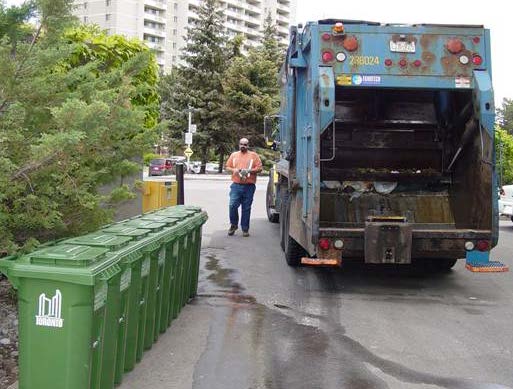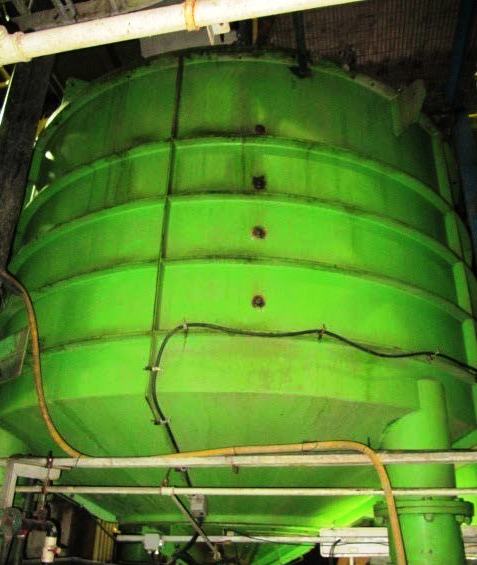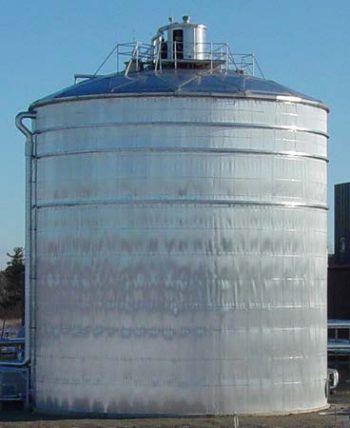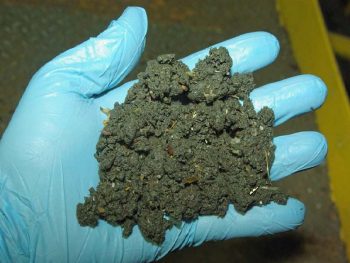
Organics are collected in either an organics-only truck or the same truck as garbage or recycling, but in a different compartment. Once collected, organics are brought to a transfer station and then sent to one of two City organics processing facilities, Disco or Dufferin.

Once at an organics processing facility, the Green Bin material is unloaded onto the tipping floor. From there it goes into pre-processing equipment to remove any plastic bags and contaminant materials from the organics. At the Disco Organics Processing Facility, material is preprocessed in a hydropulper where it is mixed with water to facilitate the removal of non-organic materials. At the Dufferin Organics Processing Facility, the organic material is separated from the non-organic material using a hydraulic press. Contaminants removed through pre-processing are sent to landfill.

The remaining organic material is sent to anaerobic digesters to be processed for approximately two weeks. In the digesters, microorganisms — in the absence of oxygen (anaerobic) — break down the material to produce digestate (i.e. digester solids) and biogas. The City is currently working to harness the green energy potential of biogas by upgrading it to renewable natural gas.

The digestate is transported out of the city for outdoor (aerobic) composting. It is mixed with yard waste at a ratio of about 1:10 to ensure an appropriate carbon-to-nitrogen ratio. As the material decomposes over several months, it produces a high enough temperature to destroy any pathogens or harmful bacteria. The finished compost is tested to ensure it meets Category A Ontario Compost Quality Standards before it is used by commercial and agricultural sectors and distributed to residents for free at Community Environment Days and certain Drop-Off Depots from the spring to the fall. The high-quality compost can be safely used to feed and nourish soil.
